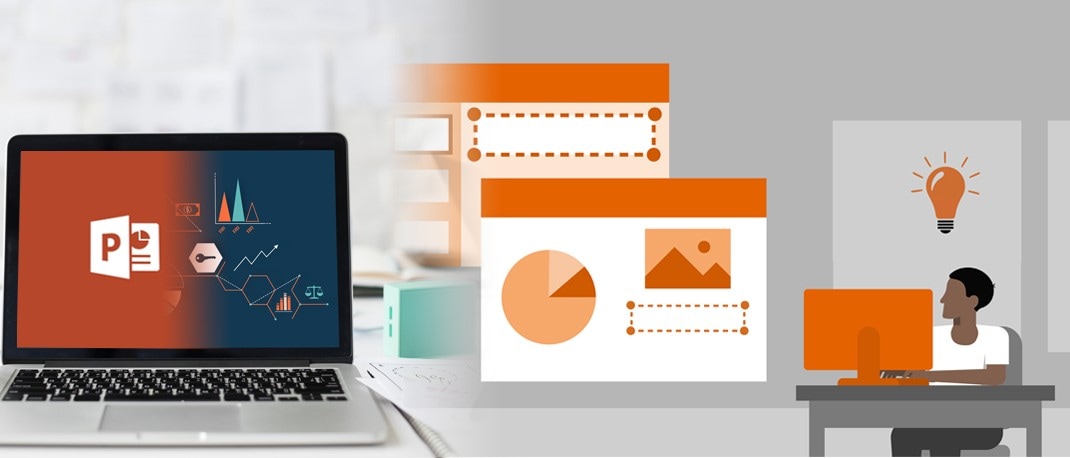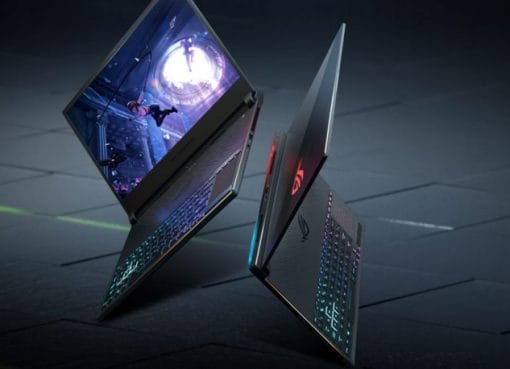Our laptops are some of our most used devices, so we’re always particular that they should be running perfectly all the time. However, there’s no real assurance about that and things can go terribly bad every once in a while. There can be hardware failure or just nasty software issues that render your laptop useless. The first instinct most of us have is to take the laptop to a service centre. Sometimes, it’s the best thing to do, but sometimes there can be a simple fix you can do at home, or least figure out what’s wrong with your laptop. When you have an issue with your laptop, the first things you need to do is diagnose the problem. We’re going look at some of the most common problems people face on their laptops and the reasons behind them, with possible solutions. Let’s get to it!
Battery won’t charge or gets drained too quickly
This is one of the most common laptop problems. It is quite straightforward too. In almost all the cases, it’s the battery that is causing the problem. There is a way you can find that out. First you can find out if the battery has gone bad by detaching it from the laptop and then plugging the charger to the laptop. If the laptop still switches on and works fine, then it means your battery has issues. In that case, you’ll need to buy a new battery for your specific laptop model. You can inquire with the brand’s service center.

If the laptop doesn’t turn on with the charger connected and the battery removed, then it could be a charger problem. Try using other wall plug points just to be sure. With the battery back in the laptop now, and it not getting charged, you might need to get a new laptop charger. If the battery drains quicker than it should, then it’s also worth looking at what software are running in the background. You can check that by going into the Windows ‘Settings’ and then ‘System’. Go to ‘Battery saver’ mode then select ‘Battery use’. This will give you a list of apps that are consuming battery. If you see some unusual software that shouldn’t be here or ones you don’t want to run in the background, just click on them and then turn off the ‘Allow this app to run in the background’ option.
Keyboard is not working
Laptop keys generally take a beating so you can expect it to be one of the first things to pose an issue. Your entire keyboard might stop functioning or if you’re lucky, just a few keys. In the case of the some keys not working, it could simply be because of some sort of obstruction. For starters, you can simply turn the laptop upside down and shake lightly to see if that helps dislodge any dirt or dust. It might sound and look odd, but it could do the trick. If the problem is with all the keys, then one of the first things you can check for are faulty keyboard drivers. You can do this by going into the Device manager. If there is a yellow exclamation icon next to your keyboard icon, then you need to re-download the necessary drivers. Go to the download page of the laptops manufacturer and find the right drivers for the keyboard. This might help fix the problem. In the meantime you need to use a USB powered keyboard.

If the updating drivers also doesn’t fix the problem, then there is probably a loose connection between the keyboard unit and the motherboard. This can be unlikely. For this you’ll have to open the laptop chassis, to get access to all of its internals. Check if the keyboard ribbon cable is connected properly. Only attempt it if your laptop is old, and is out of warranty. If it isn’t, simply take the laptop to the service center.

All things done, the final thing you might need to do is replace the keyboard. It’s not that difficult as it sounds. A little research needs to be done on opening up the laptop. Once you have access to the keyboard, make sure you pull it out without causing any damage to the insides of the laptop. After this it’s just a matter of placing the keyboard in the right spot and the connecting the keyboard ribbon cable properly.
Blue screen of death (BSOD)
The Blue Screen of Death is one of the most feared problems on Windows laptops. A number of things can cause this error. They can be related to both hardware and software issues. In some cases, you might be able to restart the laptop, while in some you might not.
Check for malware or corrupted drivers
If you can boot back into Windows, do a quick run for viruses using Windows Defender, or any other antivirus package you have. Don’t forget to update it before you run the scan. It’s rarely the problem, but you can be sure.

Another safety measure that you can take is checking for faulty drivers and updating them. You can do this by going into Device Manager. Like we did with keyboard, if you see a yellow exclamation next to any of the hardware components, simply update the driver by right clicking on it and selecting ‘Update Driver software’. Sometimes, the problem you’re facing might be occurring because of a new update. If you’re sure about a driver causing the issues, then you can roll back the update to the previous version.
Overheating
An overheating processor or graphics chip can also cause the laptop to crash suddenly. You might be able to tell from the heat given out by the laptop, around the vents. To be absolutely sure, we recommend downloading SpeedFan, a free temperature monitoring tool for Windows. You’ll be able to notice the temperature of the CPU and GPU on your laptop.

In any case, the overheating could be due to the fan not working properly or having completely turned off. Once again, if your laptop has warranty, take it to a service centre. If you’re feeling confident, you can open the laptop up carefully, with the help of guides available online. Then, it’s a matter of brushing away all the dust or unclogging the fan. Do this carefully, and re-assemble your laptop.
Memory issues
BSODs can be caused by some sort of hardware failure. One of the components that could go faulty is the RAM and you can find that out in your laptop. On the laptop, press the Windows key + R keys, to run command. In the command box, type in ‘mdsched.exe’ and press ‘OK’. It will pop-up a window which will check for memory issues. It will prompt you to either check the problem that instant or after you switch on the laptop the next time. Choose one according to your preference.

If you choose to do it that instant, your laptop will run the Windows Memory Diagnostics Tool to look for any RAM problems. If there are no errors, then it means the RAM is running fine. However, if some errors show up, then you may need to get it replaced.
Hard drive failure

If the RAM is working perfectly fine, the next component to check is the hard drive. You can do that by going into the File explorer. Right click on the drive you want to check, and go to ‘Properties’. In the window, go to the ‘Tools’ option and click on ‘Check’. If the hard drive is causing the problem, then you’ll find them here. You can also run SpeedFan to look for possible issues with the hard drive. If the hard drive has issues, then the best solution is to take it to the service center for replacement.
Laptop refuses to start
Diagnosing a problem where the laptop won’t turn on, or the screen doesn’t turn on, can be difficult. There are some ways to find out what’s at fault. If you find your laptop not powering on at all, it could be an issue with the laptop battery or charger. Follow the steps in the battery troubleshooting point earlier in this article to sort out that issue.
Laptop powers on, but without any display
If you find that the laptop status indicators turn on, but the screen doesn’t turn on, it could be a problem with the display itself. Try watching the hard drive indicators to see if the hard drive is active. It could be trying to boot up Windows. If you find that the indicators just stay on without any activity, try pressing the Caps Lock key. The indicator light should typically turn on and off if your laptop hasn’t hung. If the laptop has locked up, then it could be some sort of hardware failure. We recommend taking the laptop to a service centre in such cases.
Windows start booting but doesn't proceed
If Windows doesn’t complete booting, it could be a Windows corruption problem. Keep a Windows recovery disk at hand. You may be able to repair the damage by booting into the Recovery disc or USB drive. Another way to see if Windows boots is by entering the Safe Mode. Do this by pressing the F8 or Shift + F8 keys just when Windows starts booting. Insert the Recovery Disk or pen drive into your laptop, and boot your laptop using it. You can do this by entering the BIOS, and changing the Boot Disc order. Most laptops and PCs let you access the BIOS by pressing the F2, F10 or Del keys. Once done, you’ll get the Windows recovery disc tool and you should be able to either repair, reset or restore your Windows installation.
There can be countless number of things that can go wrong in a laptop, some even at the same time. Following some of the above mentioned steps should help you diagnos some of the problems, get to its root and in some cases even fix them. Of course there will some instances where finding a problem will be a little difficult. Don't panic in some situations, you can always walk-in to the laptop manufactures service center for help. In some situations, you can even try getting approaching ResQ at Reliance Digital. Their qualified staff will help you fix your laptop, even if it's out of warranty.



